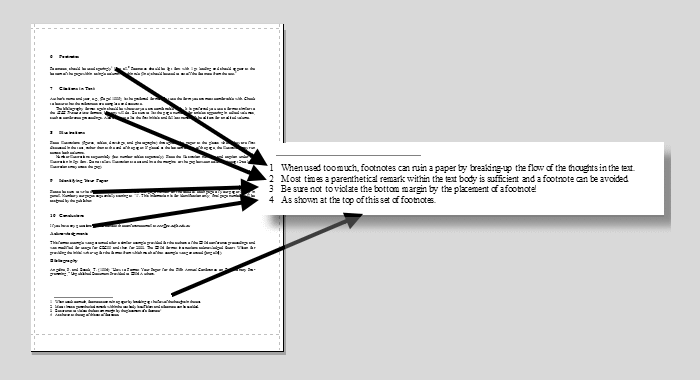
Endnotes are typically displayed in the margin like footnotes but may also be included in the text on a separate line above or below a quotation or excerpt. However, endnotes can also be used within the text itself if you want to refer back to something mentioned earlier in the document. The term "endnote" comes from the fact that these notes appear at the end of a paragraph or page. The best known use for an endnote is at the end of a chapter or essay. Endnotes are commonly used in academic papers but also appear in magazines, newspapers, and other types of documents. While in-text citations allow readers to easily find what you're discussing within the body of your document, endnotes provide additional visibility and accessibility by directing readers to specific pages or locations within those pages. This tells readers where they can find more information about your topic.Įndnotes are used when you want to refer back to sources, such as books or articles. When creating an endnote list, think about what kind of reference you will need and plan accordingly.Īn endnote is a source reference that directs readers to a specific location at the end of the article where they may learn where the information or words quoted or discussed in the paper came from.

It is important to note that an endnote cannot be both internal and external.

They can be internal, which means they reference material within the essay, or external, which means they reference material outside of the essay. For example, if you were writing an article on the causes of the First World War and needed to reference something said by Sir Edward Grey, you could use an endnote to point the reader there.Įndnotes can be used in two different ways. Endnotes are useful for referencing specific words or phrases within the text while also providing information about the source. Endnotes are placed at the end of a paper or essay while footnotes are used within the body of the text.

New York: Praeger Publishers, 1970.Īn endnote is similar to a footnote in that they are both forms of references or citations. The citation would look like this: Eastman, Lloyd A. You would refer to it as "a classic study of Chinese society," and provide the reader with a citation.

Assume you used a passage from Lloyd Eastman's history of Chinese social life. A superscript number follows your quoted or paraphrased sentence or summary content when utilizing endnotes.


 0 kommentar(er)
0 kommentar(er)
